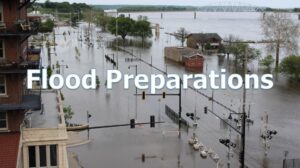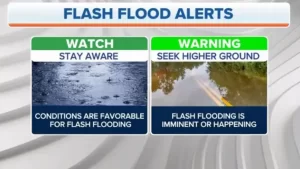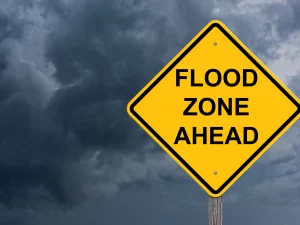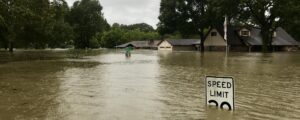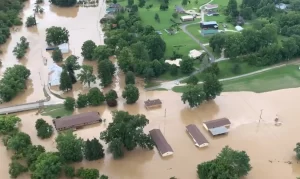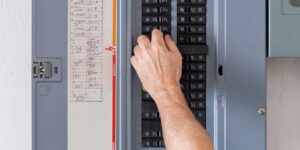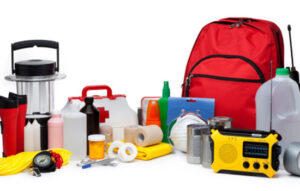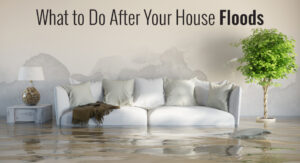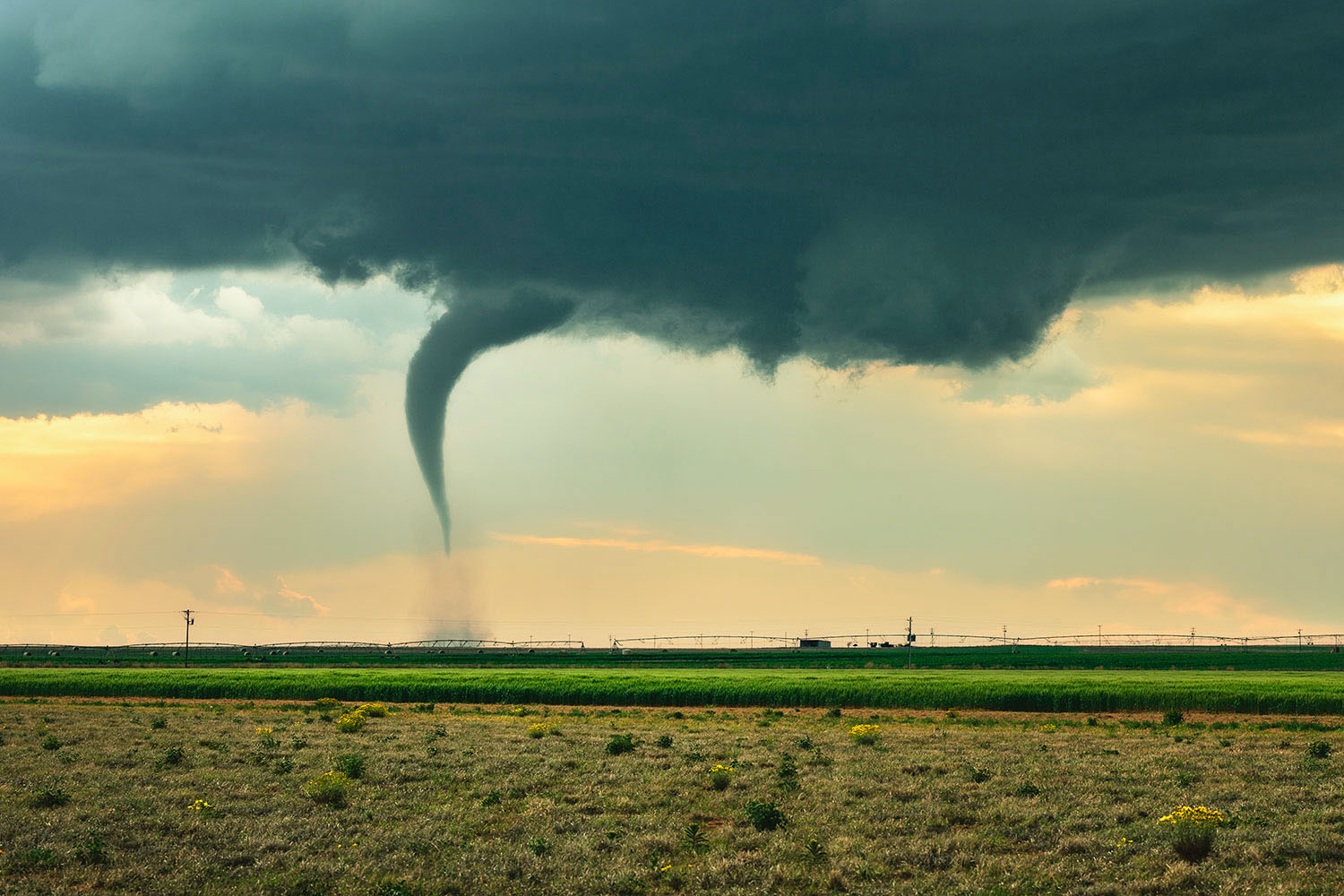Checklists Of What To Do In a Flood Situation
During a flood situation, it’s important to prioritize your safety and take appropriate actions to protect yourself and your loved ones. Here are some guidelines to follow:
Stay informed:
Monitor local news and weather reports for updates on the flood situation. Follow instructions and warnings provided by local authorities and emergency services.
Evacuate if necessary:
If you’re in an area at high risk of flooding and local authorities advise evacuation, follow their instructions promptly. Have an emergency kit ready with essential supplies, such as food, water, medications, a flashlight, and a battery-powered radio.
Move to higher ground:
If evacuation is not necessary or not possible, move to higher ground. Try to reach the highest level of your home or go to a tall building with multiple floors. Avoid basements or ground-level areas.
Avoid floodwater:
Do not attempt to walk or drive through floodwater. It is often deeper and more dangerous than it appears, and it may contain debris, chemicals, or hidden hazards. Just six inches of moving water can knock you of your feet. Stay away from flood-prone areas and roadways.
Turn off utilities:
If flooding is imminent, turn of electricity, gas, and water supplies at the main switches or valves to prevent potential hazards. Do this only if you can safely reach the switches without standing in water.
Stay connected:
Keep your mobile phone charged and have a backup power source if possible. Inform family members, friends, or neighbors about your situation and whereabouts. If you have access tot he internet, use social media or emergency apps to stay connected and receive updates.
Gather emergency supplies:
Gather necessary supplies like food, water, medications, clothing, blankets, and personal hygiene items. Keep them in a waterproof container or bag.
Seek shelter:
If you cannot stay in your home, seek shelter at designated evacuation centers or community shelters. These locations are usually set up by local authorities and provide a safer environment during a flood.
Be cautious of hazards:
Be mindful of electrical hazards and avoid using electrical appliances or touching electrical equipment if you are standing in water or wet areas. Be cautious of snakes, insects, or other displaced wildlife that may be seeking shelter.
After the flood:
Once the floodwaters recede, be cautious when returning home. Watch for any structural damage or electrical issues before entering. Clean and disinfect any affected areas and discard contaminated items that cannot be properly cleaned.
Remember, your safter is paramount in a flood situation. Always follow the instructions and guidelines provided by local authorities and emergency services.

